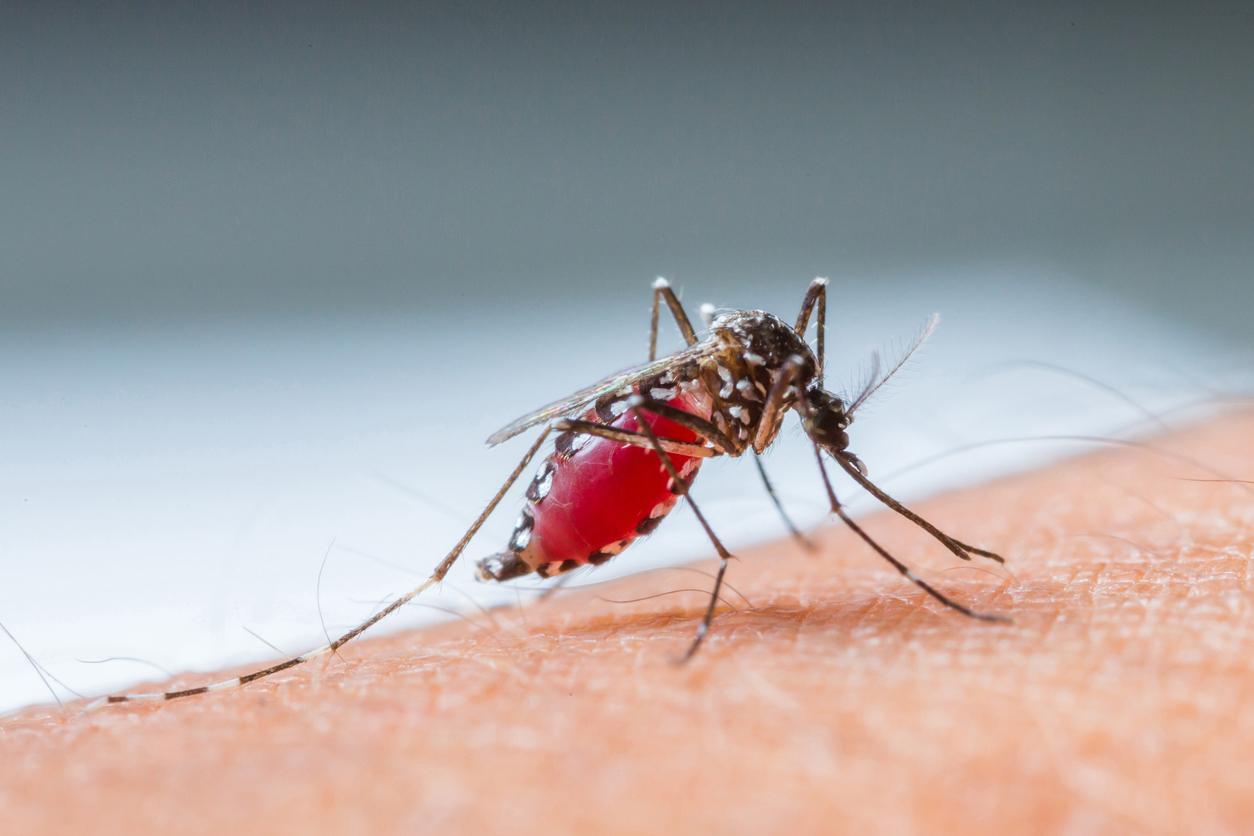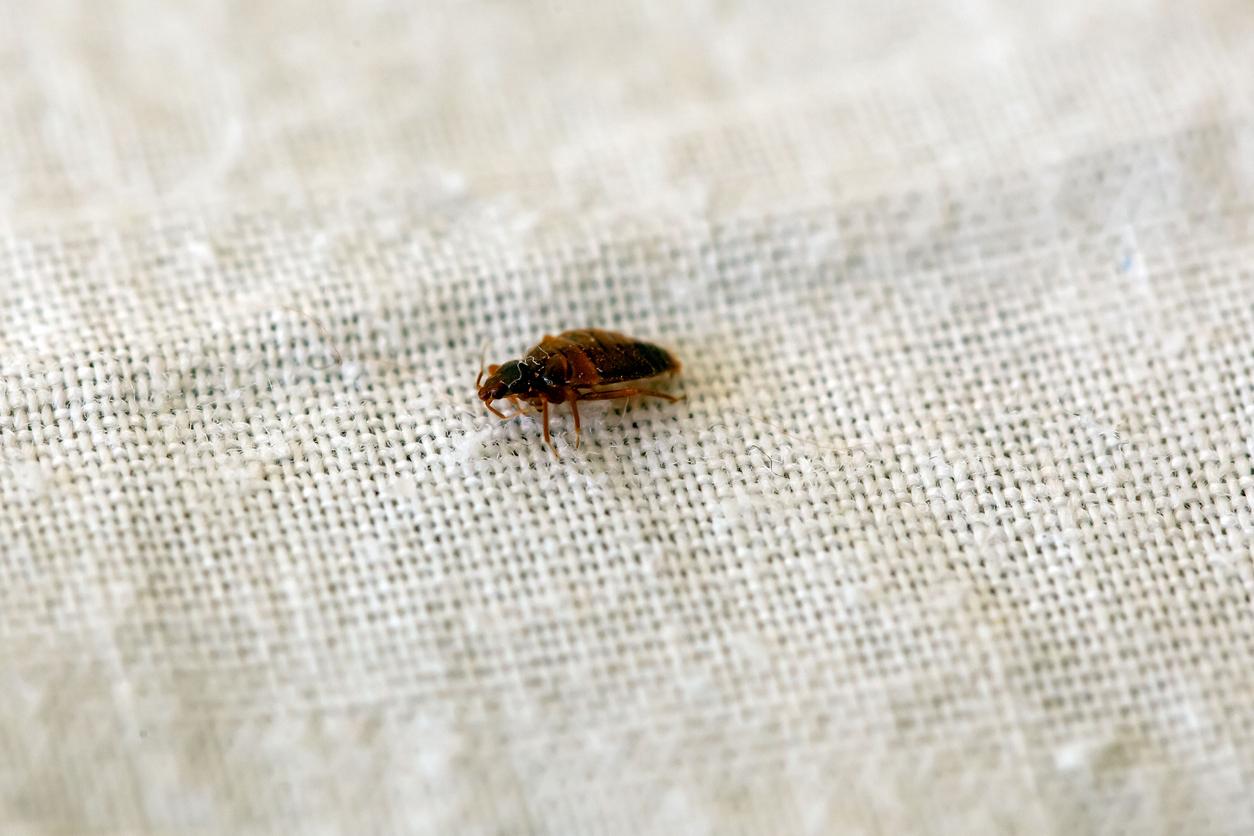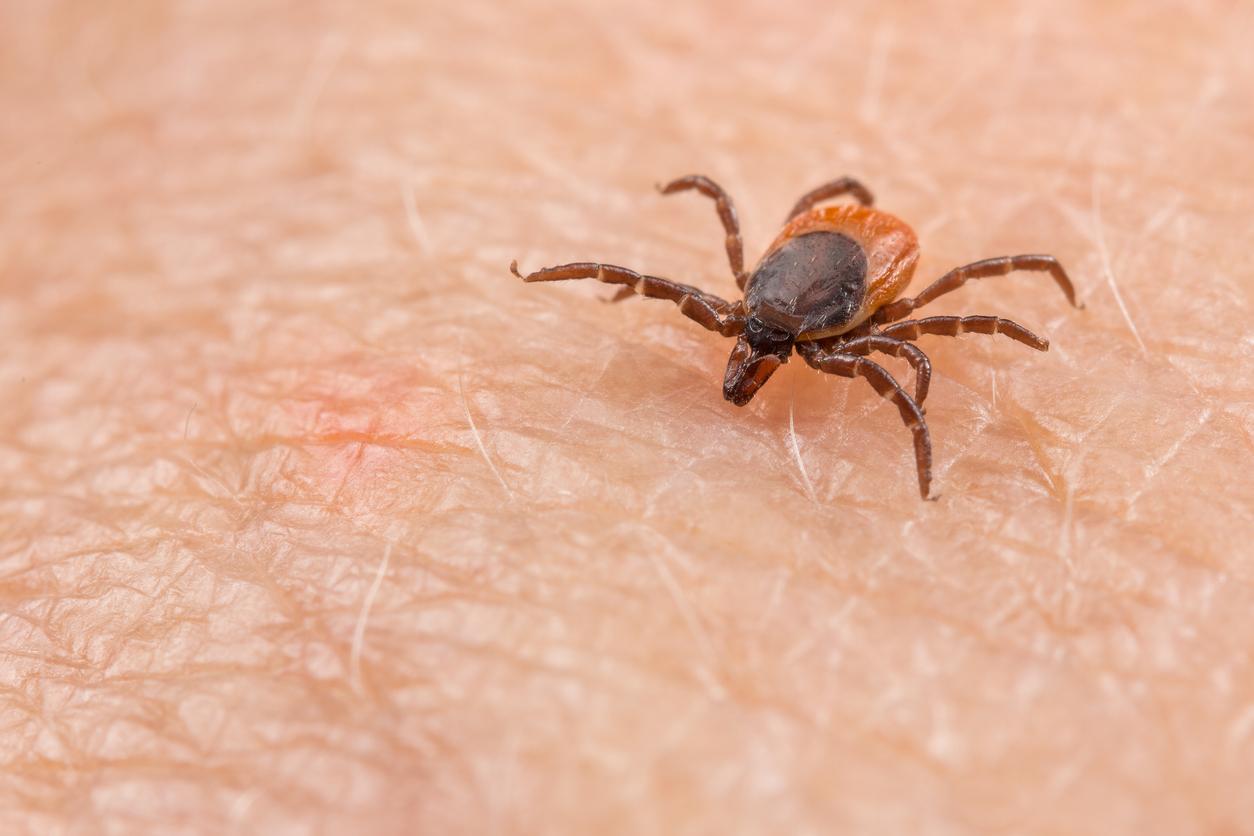Europe is particularly affected by Lyme disease, which is caused by a bacterium transmitted to humans through the bites of infected ticks.

- Lyme disease is prevalent worldwide according to a study.
- Transmitted by ticks, it is the most widespread vector-borne disease throughout the northern hemisphere.
With climate change, early high heat, drier and longer summers, ticks are particularly active and the number of diseases transmitted by these parasitic mites is exploding.
20% infection
Indeed, the prevalence of diseases transmitted by ticks has doubled over the past 12 years, and it is in Europe, which has the highest infection rate with 20%, that caution must be particularly appropriate, according to a meta-analysis that compiles studies on the subject, published Tuesday in the journal BMJ Global Health.
But Lyme disease is widespread worldwide: the researchers identified 137 eligible studies – out of a possible 4,196 – and pooled data from 89 of them. In 14.5% of the approximately 160,000 total participants, antibodies against the bacterium Borrelia burgdorferi (Bb) – which causes Lyme disease also called Lyme borreliosis, were found in the blood. “This is the most comprehensive and up-to-date systematic review of global Bb sero-prevalence,” indicates the study.
After Central Europe, the regions with the highest antibody rates are East Asia, with 15.9%, Western Europe, with 13.5% and Eastern Europe. the East with 10.4%.
Rarely fatal
Lyme disease is rarely fatal, but people bitten by an infected tick often develop a rash and suffer from flu-like symptoms, including muscle and joint pain, headaches, nausea and vomiting. In the 30 days following a bite, an erythema migrans may appear, in the form of a red and rounded plaque which extends in a circle around the bitten area and then disappears in a few weeks to a few months, according to the Ministry of Health and Prevention : “The evolution is very favorable when the disease is diagnosed and treated early. A two-week course of antibiotics is recommended. In the absence of treatment, joint, neurological or skin disorders may occur”.
According to the study, farmers and other workers who regularly interact with host animals like dogs and sheep are most at risk of being bitten by an infected tick. One cannot therefore have the disease by contact with an infected furry or feathered animal, nor by contact with a sick person.















